Chevrolet’s decision to relocate the Corvette’s engine has caused not a small amount of controversy. While the enthusiasts on the previous few pages seem accepting, others are loudly pondering whether the C8 can really be a ’Vette after abandoning seven decades of front-engined tradition. Yet the US firm isn’t the first to mess with a tried and tested formula in the pursuit of greater performance or profit – or both. Here are 10 examples that have travelled a similarly contentious path with varying levels of success.
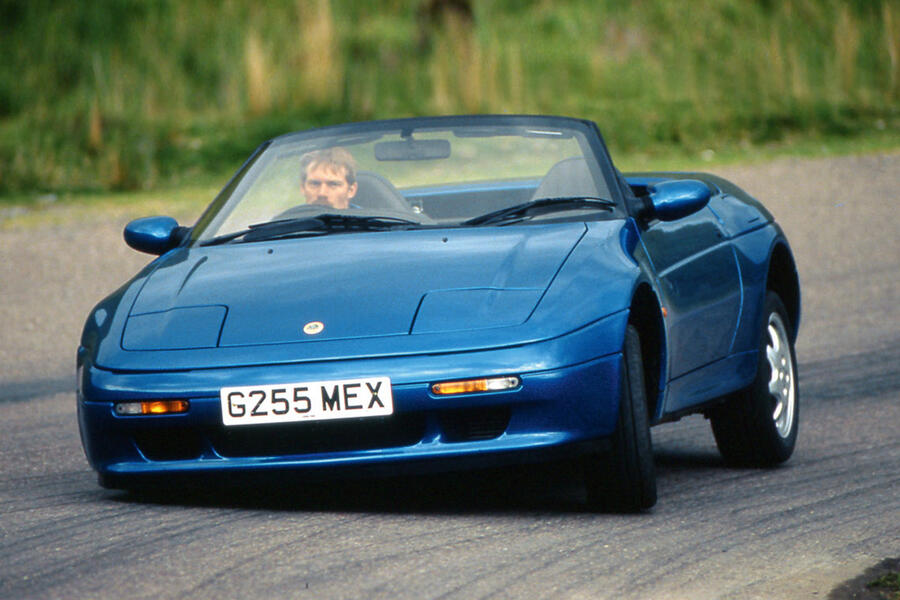
When a car maker revives a famous name, it usually does so with a healthy dose of respect for its history. Not so Lotus when it relaunched the Elan in 1989, 14 years after Colin Chapman’s lithe version last appeared. Out went the classic front-engined (naturally aspirated, obviously) and rear-wheel-drive layout and in came front-wheel drive and turbocharging. The new Elan was actually cracking to drive, but Lotus loyalists were less than impressed. Plus, there was the Mazda MX-5: launched at the same time, it was cheaper and, ironically, almost a carbon copy of the original Elan.
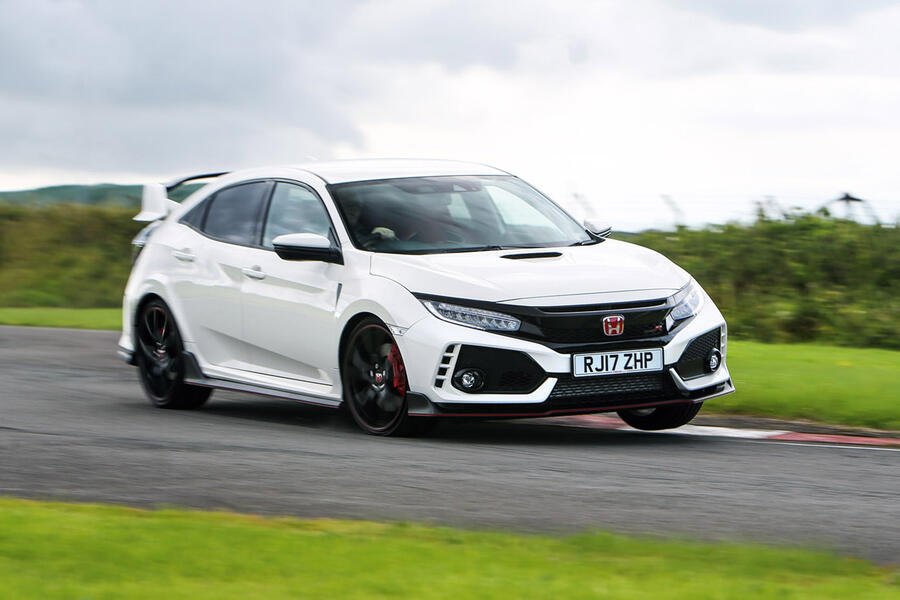

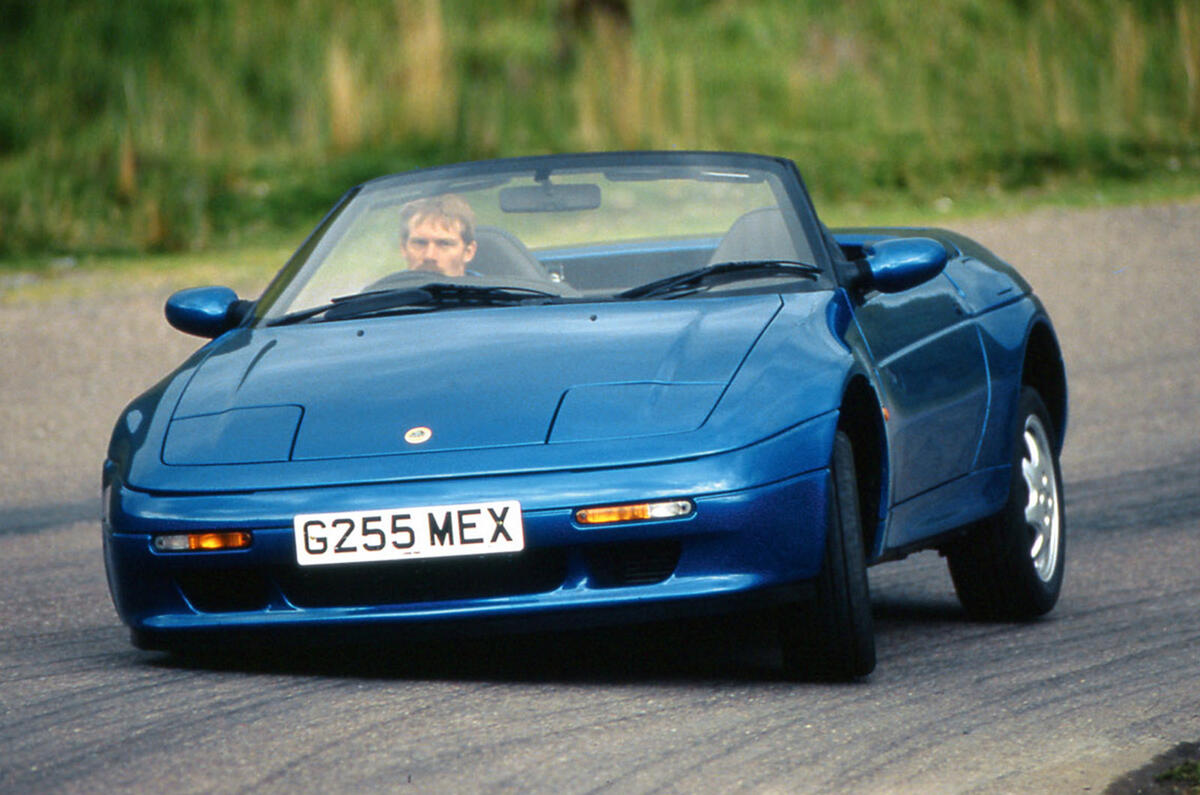
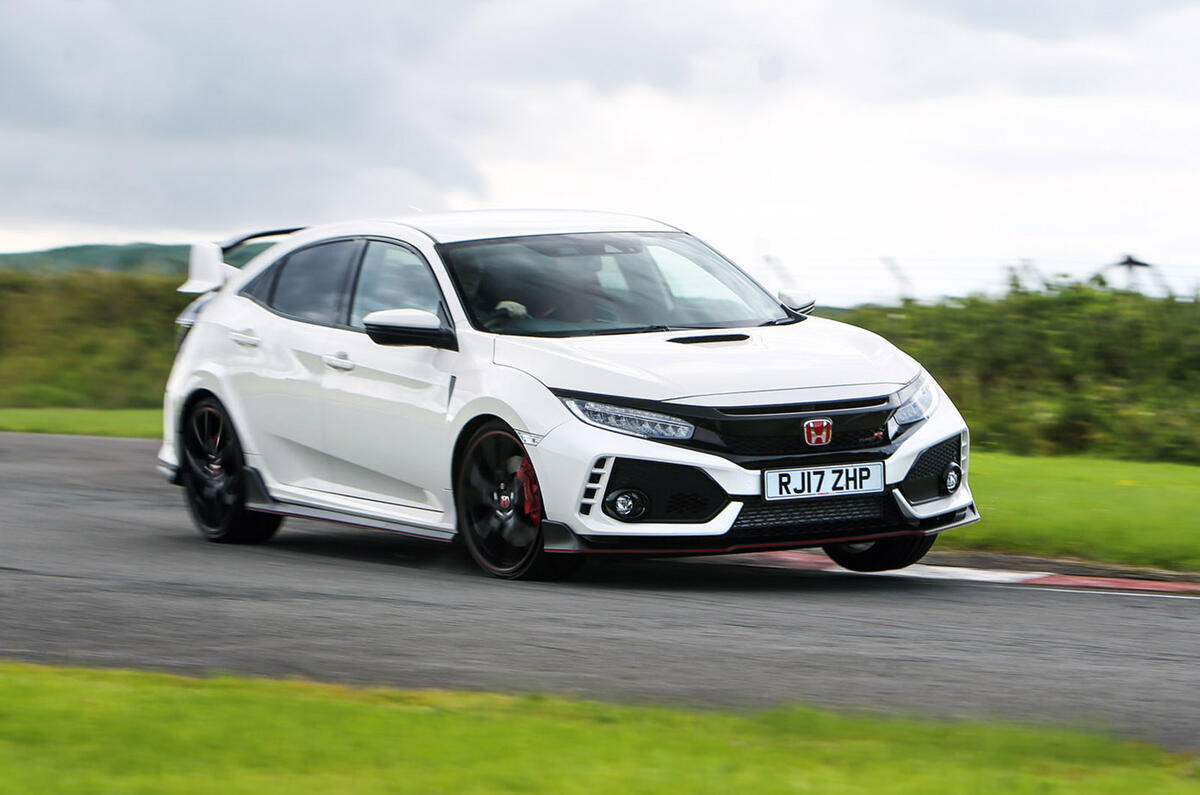
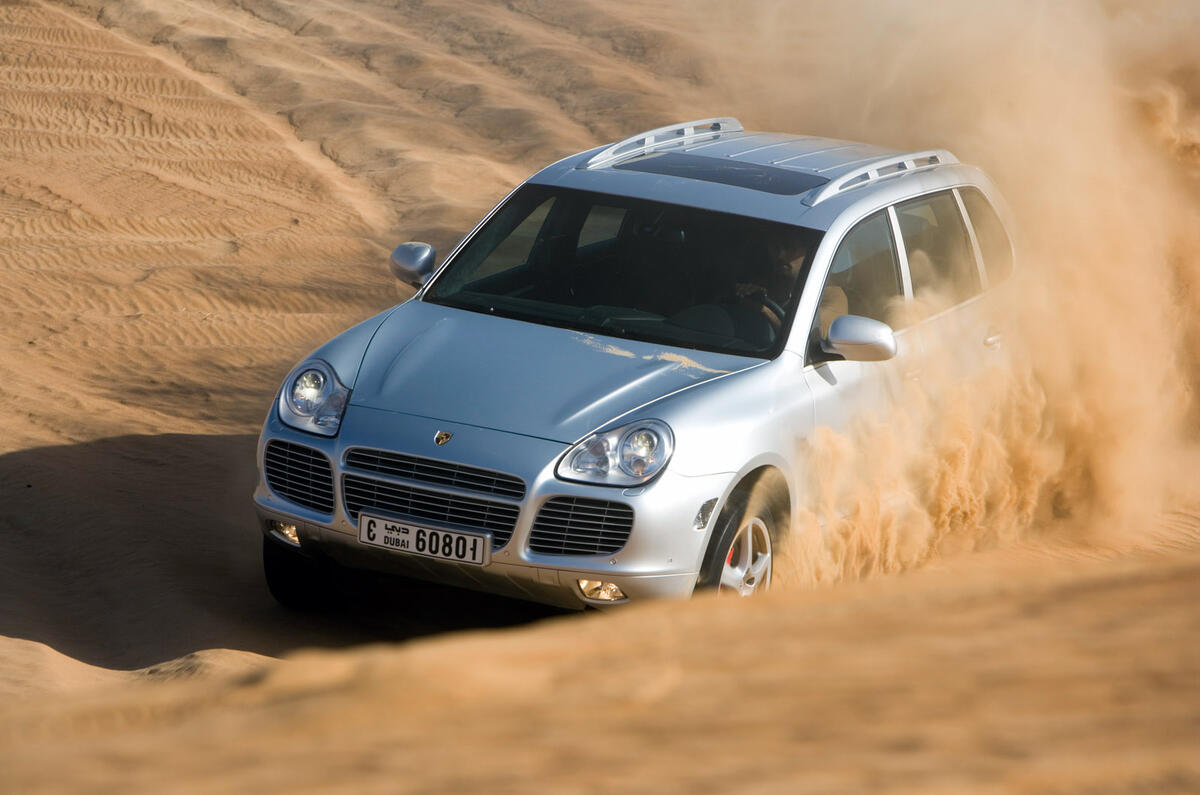
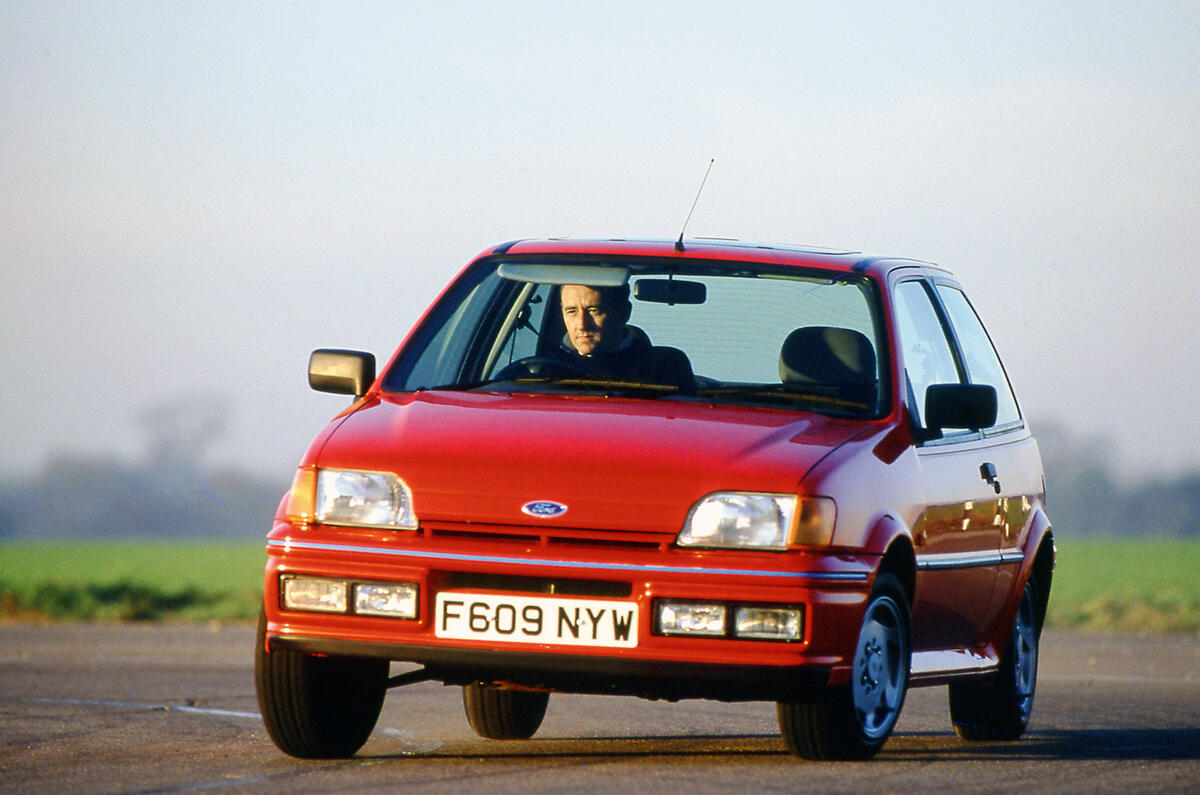
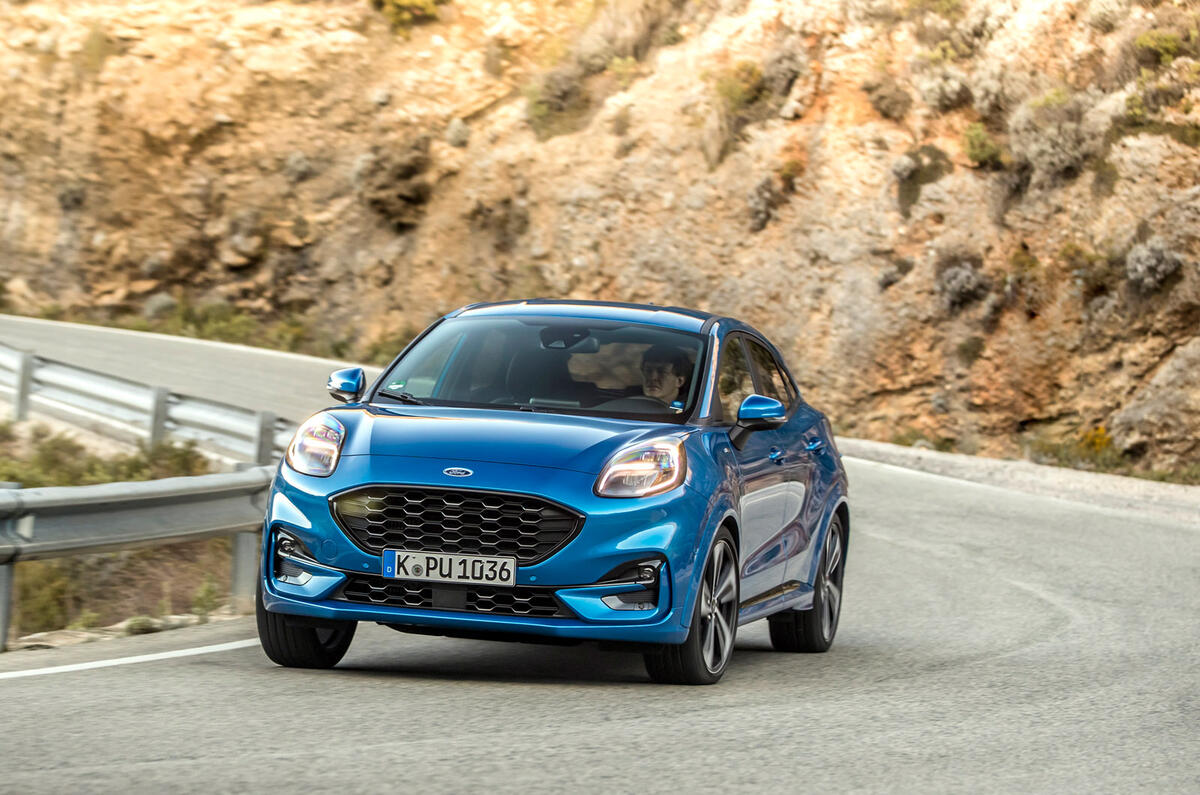
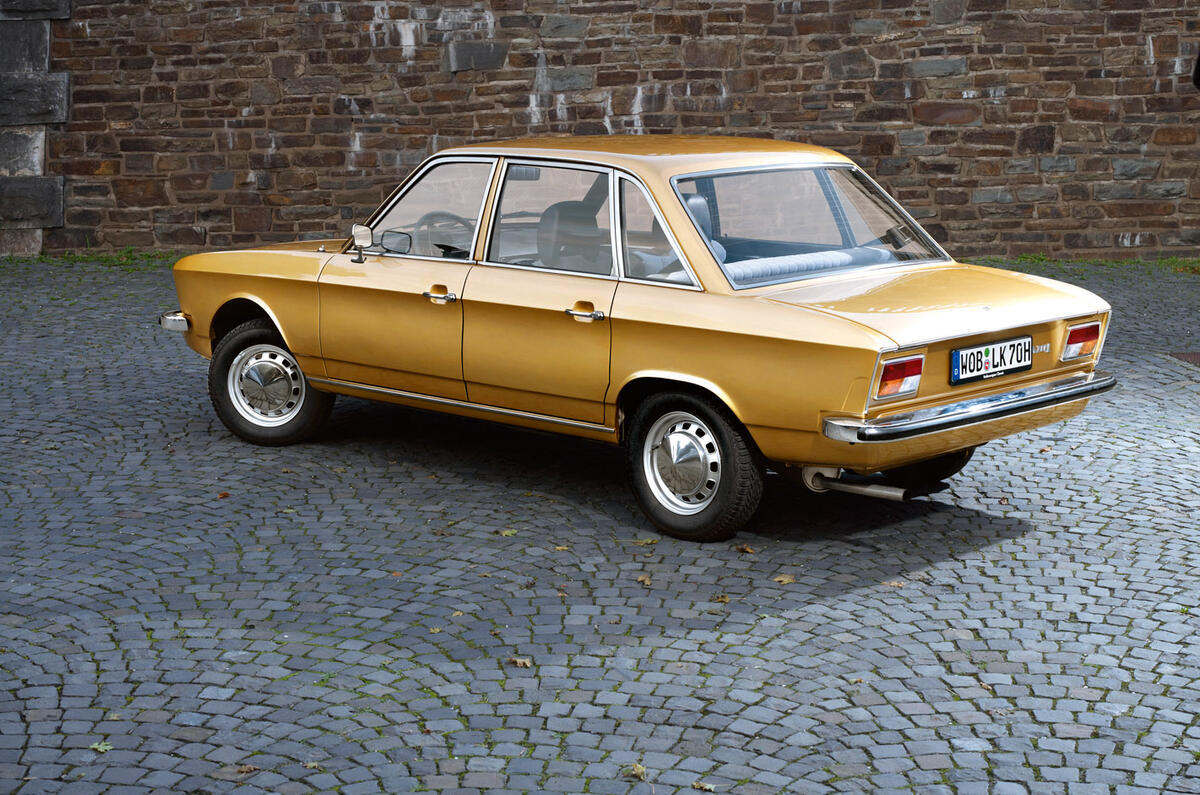
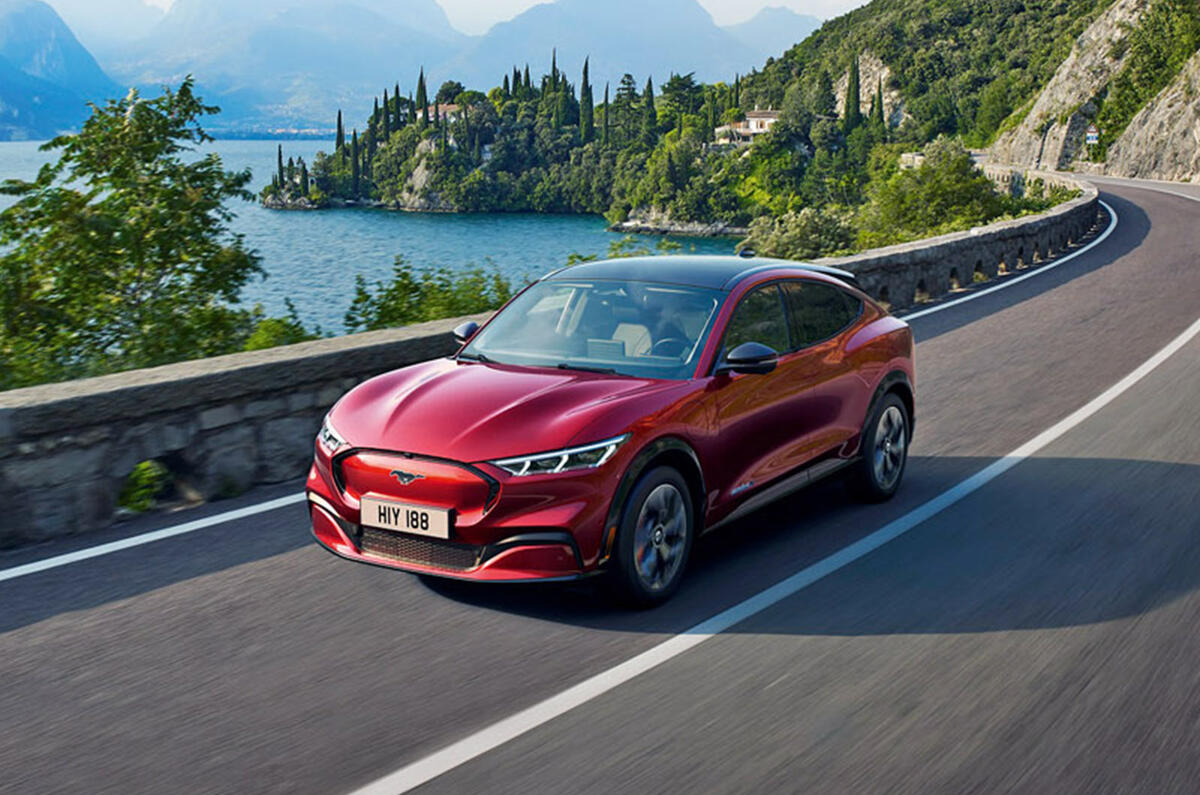
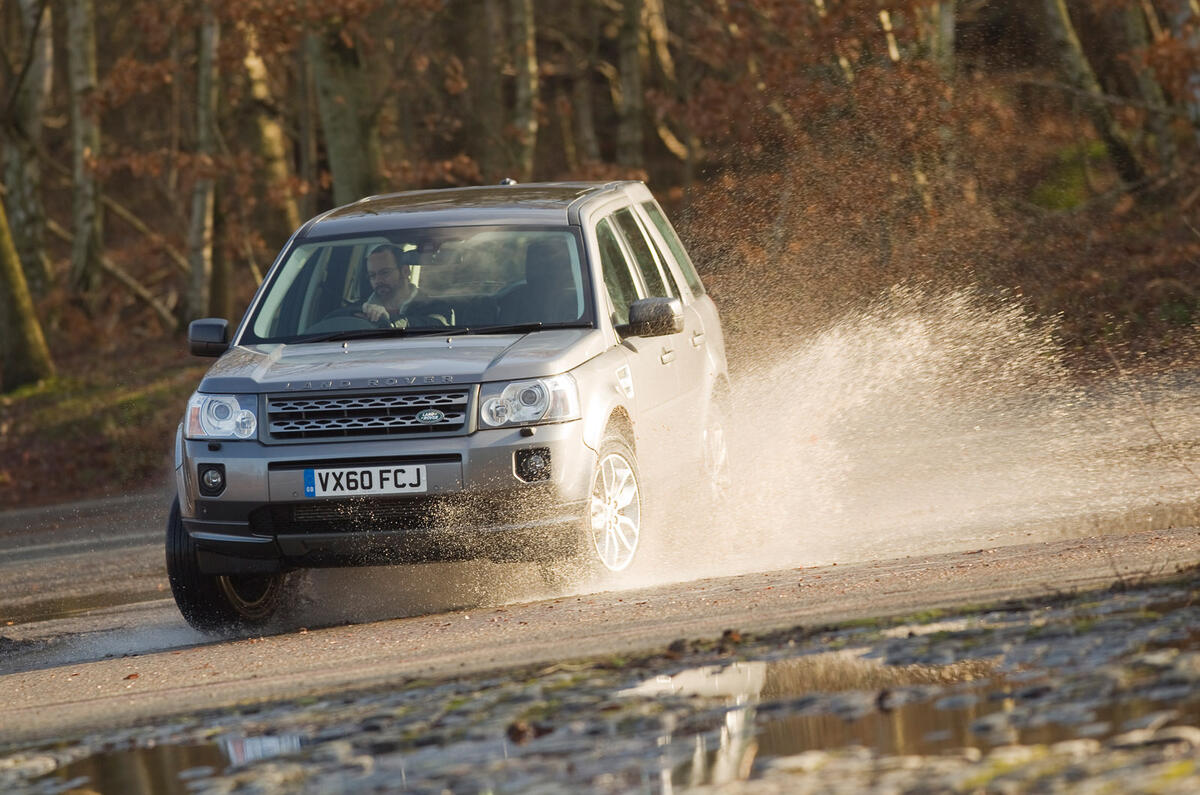
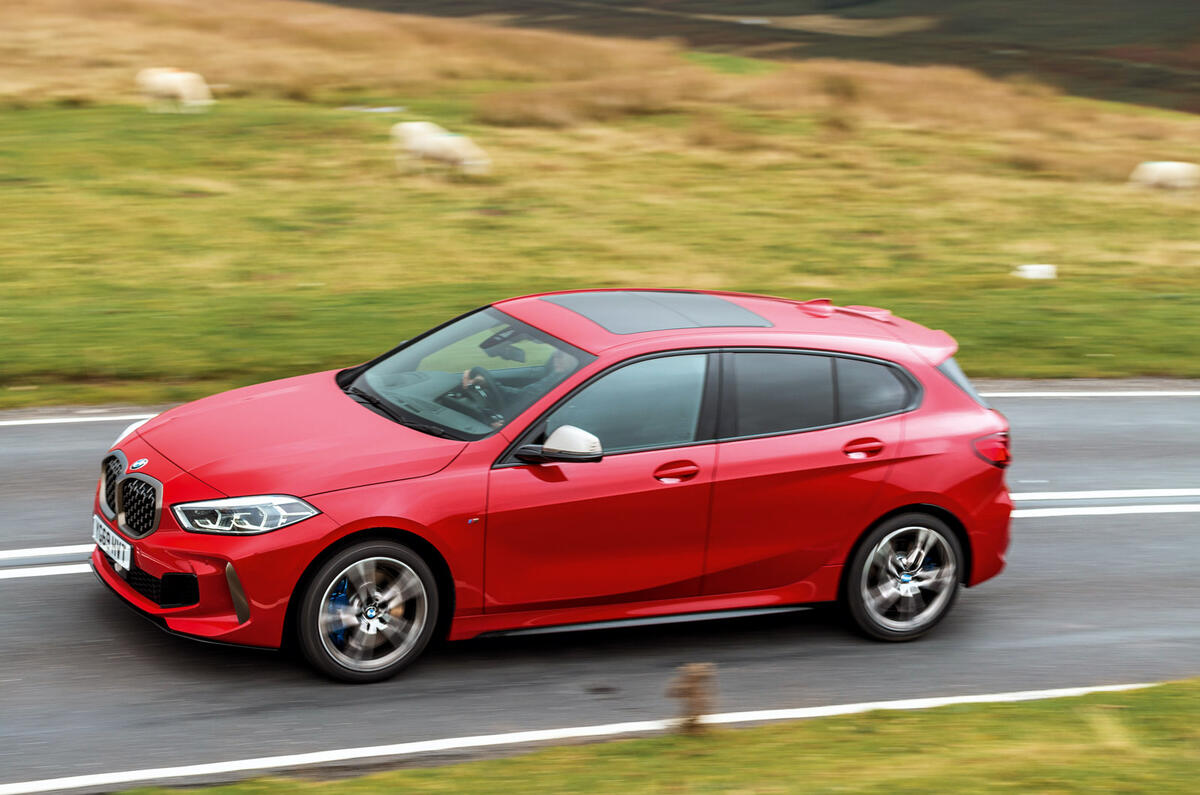
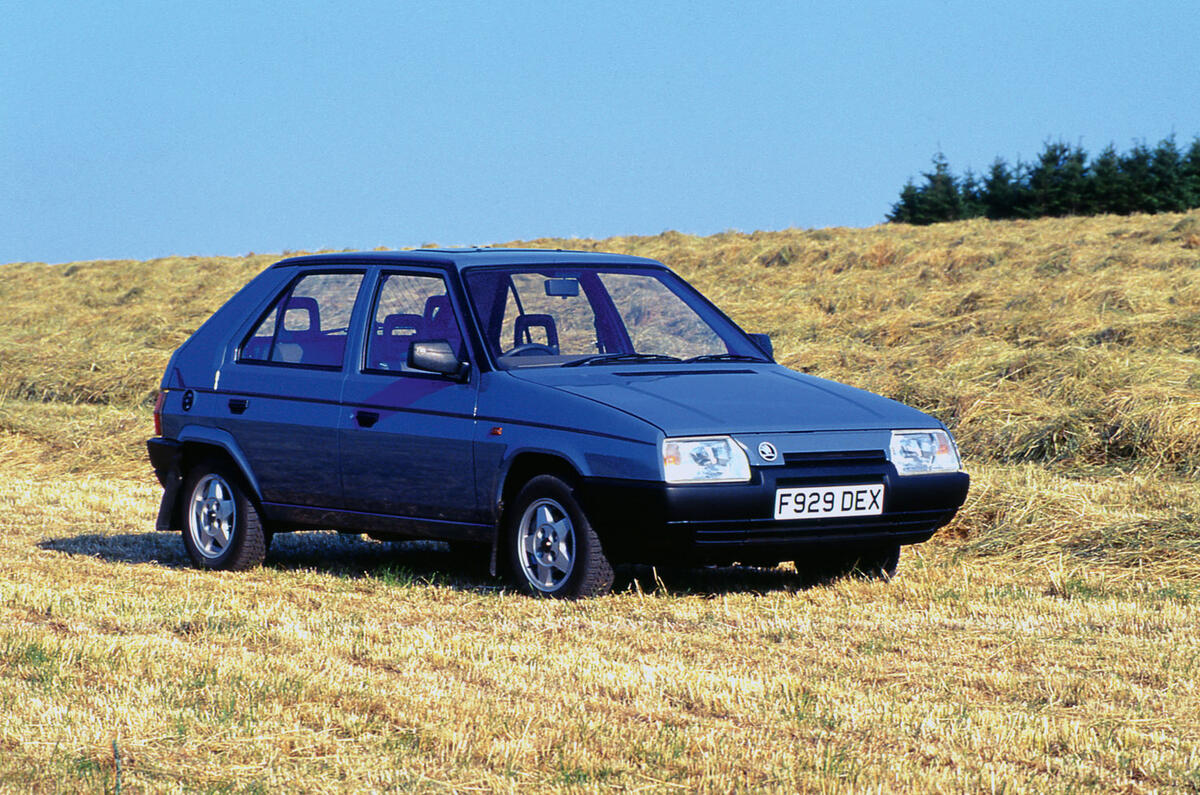
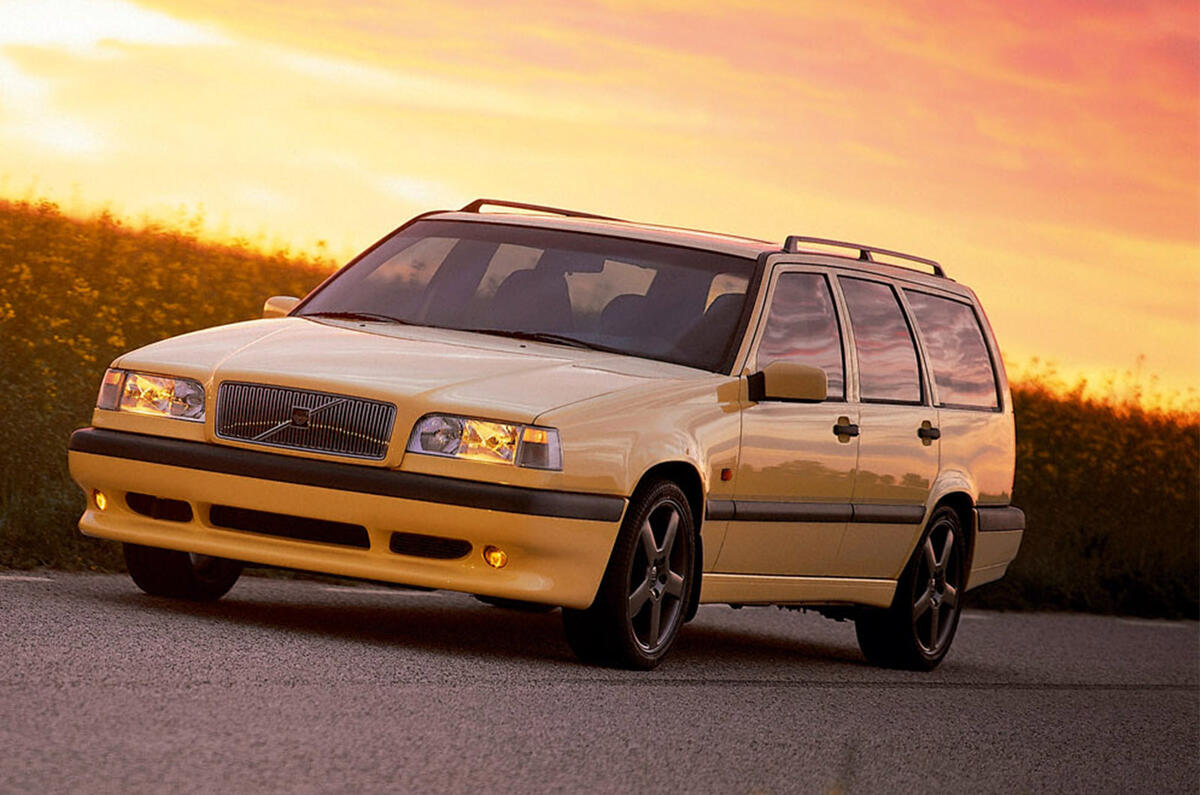
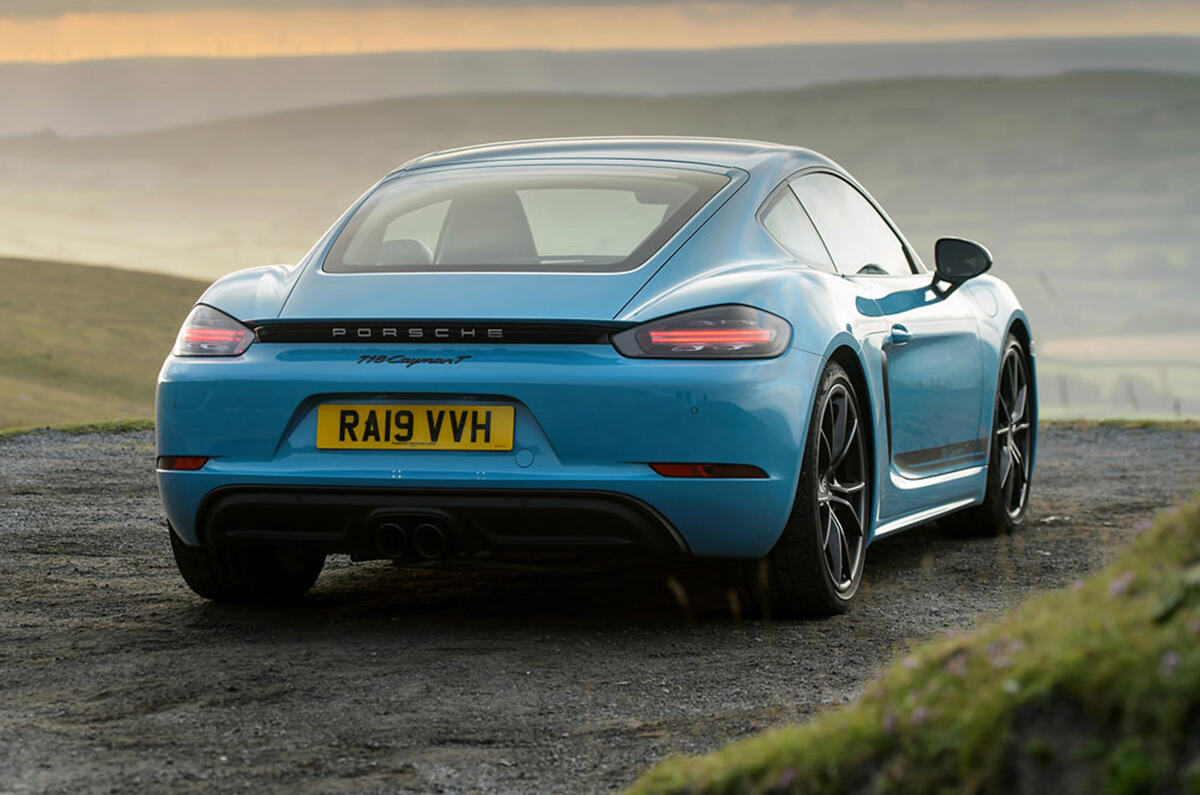
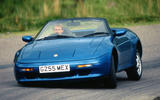


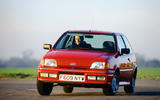
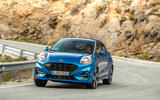



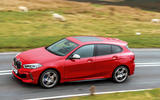
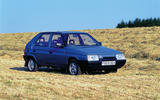



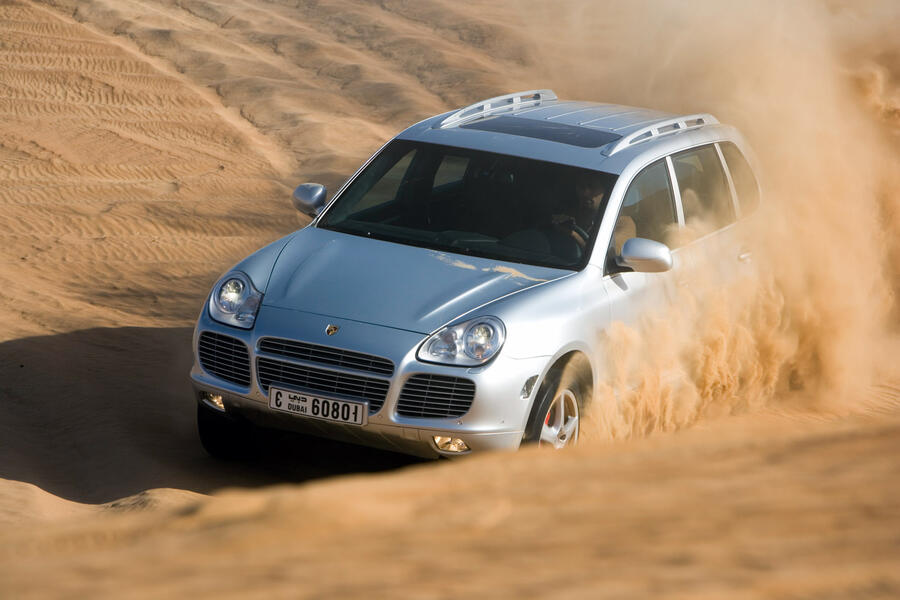
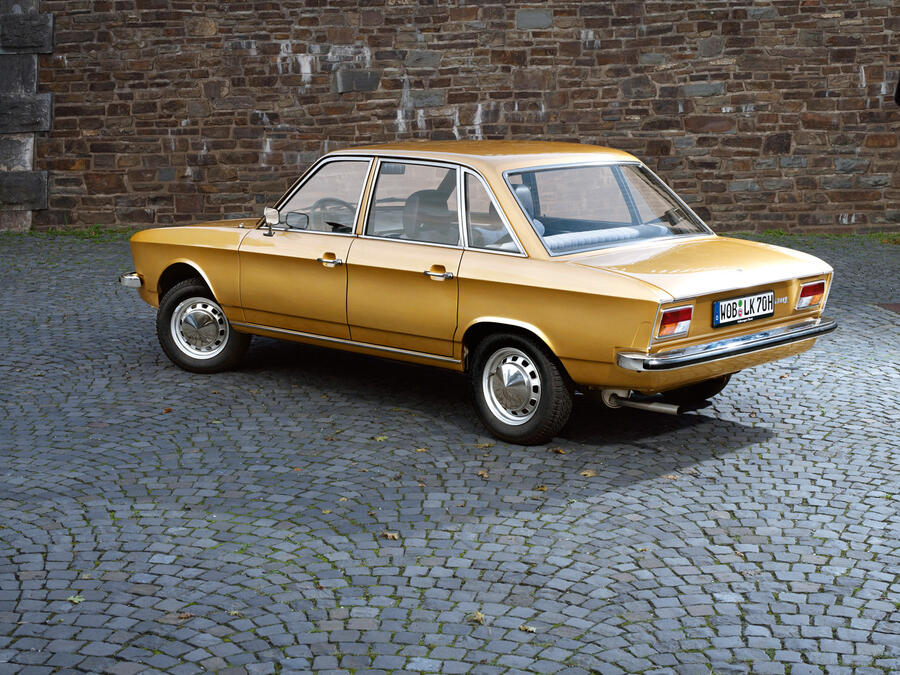
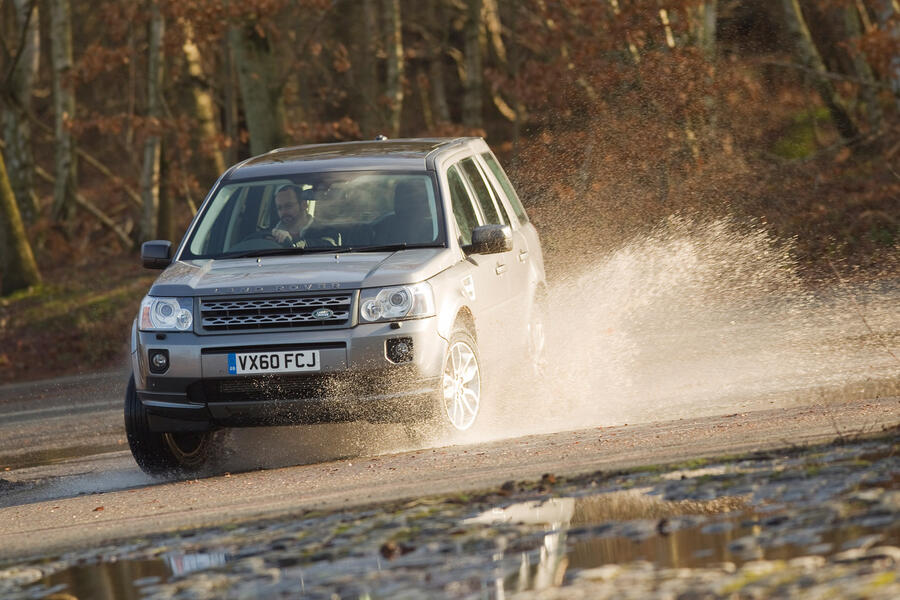
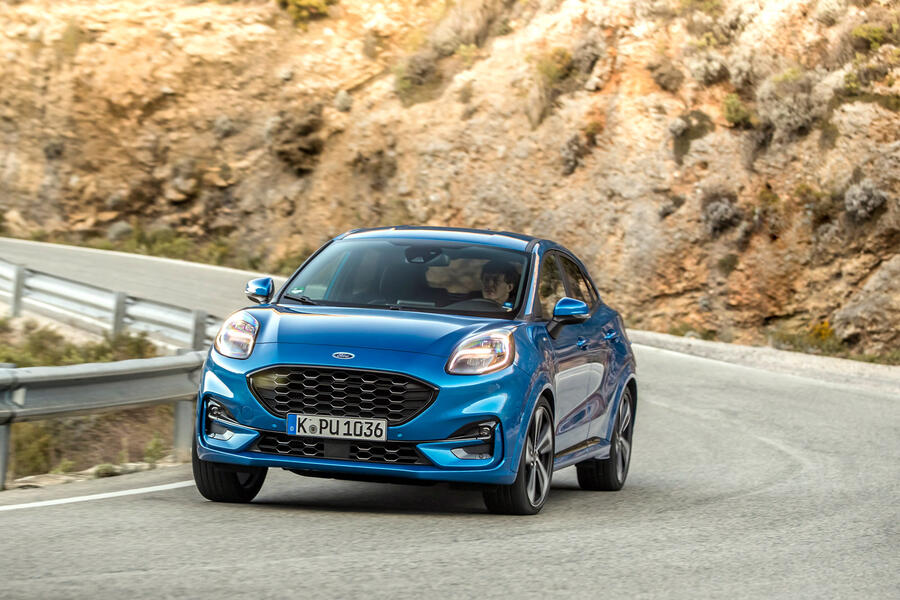
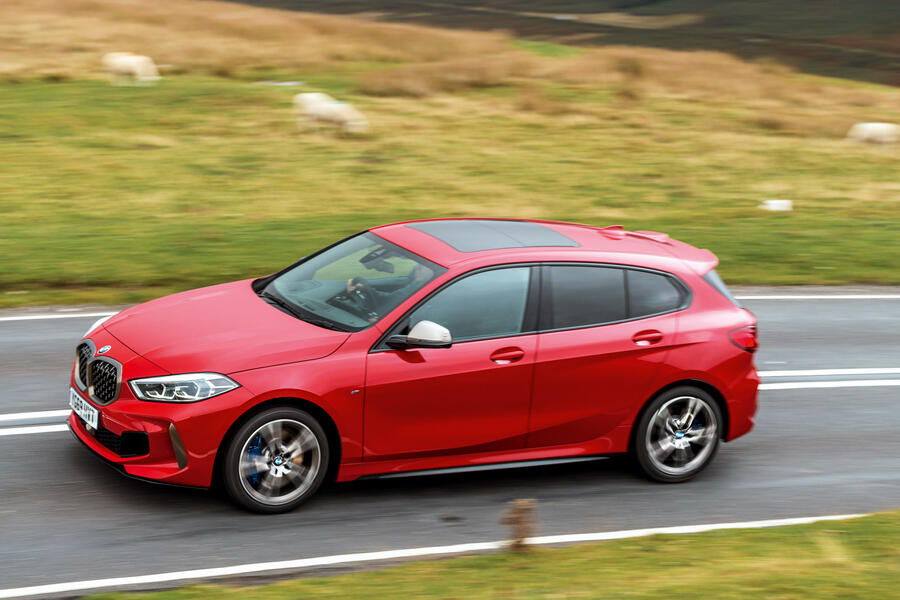
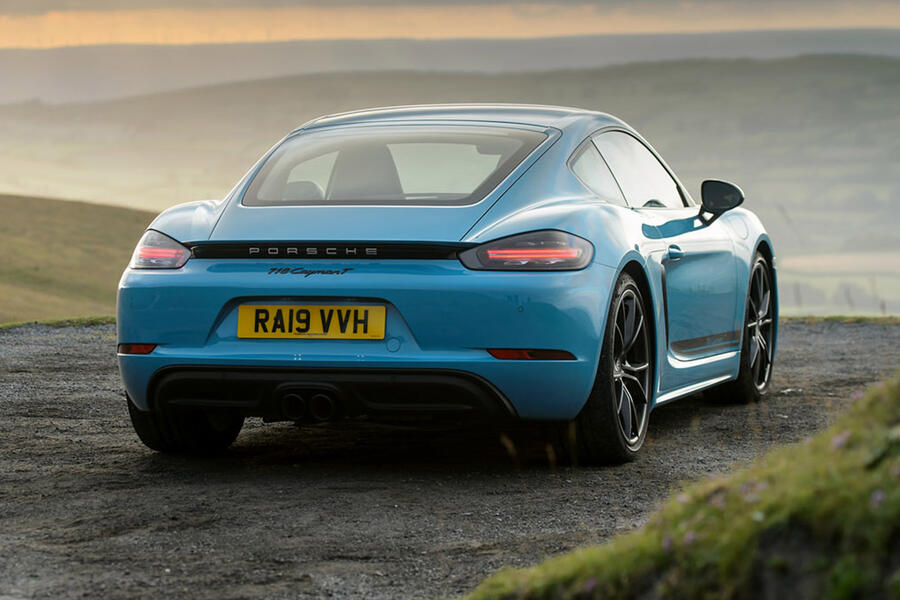
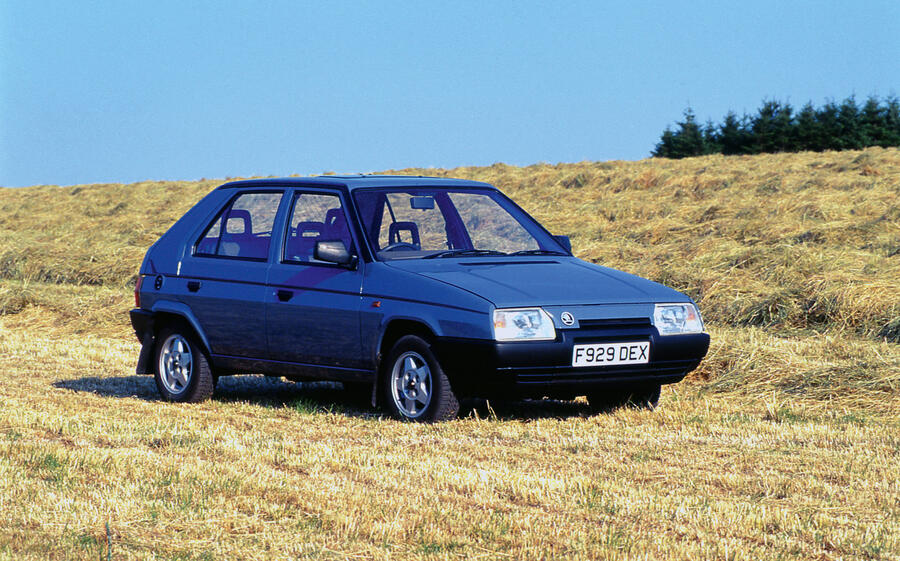
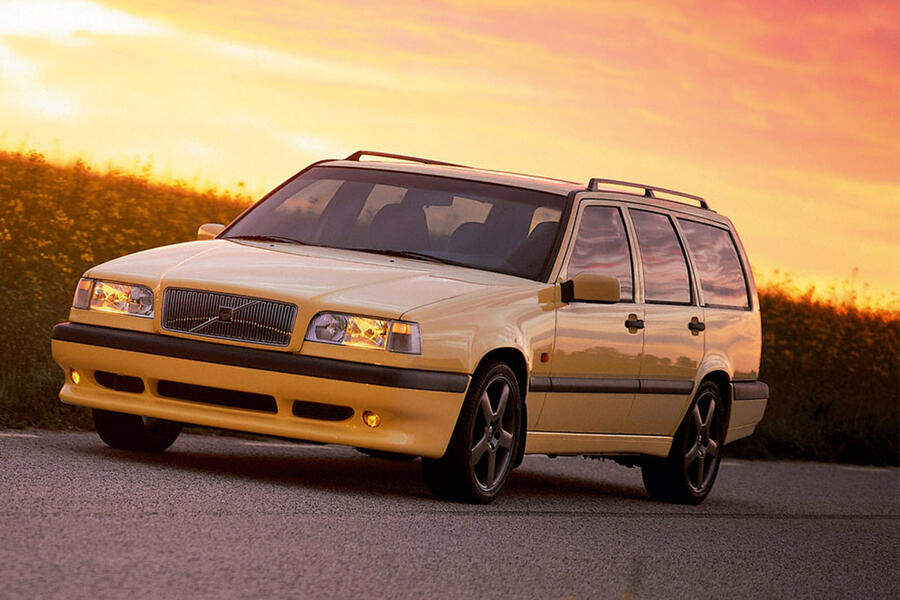
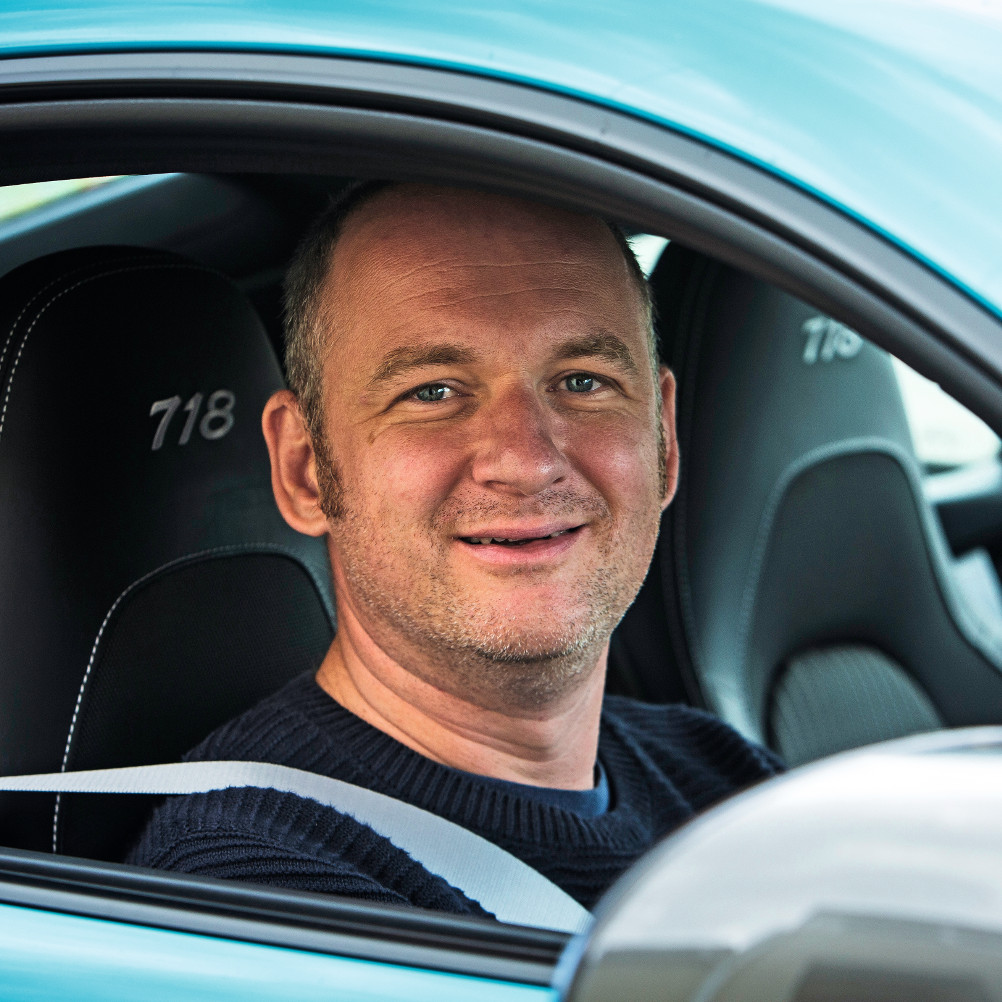



Join the debate
Add your comment
Controversial 'Innovation'?
Touchscreen controls. Digital geegaws that makes driving inherently less safe for those in the car and outside of it.
With the possible exception
What about the Alfasud?
The Alfasud rewrote a lot of rules (a front-wheel-drive Alfa, boxer engine, new manufacturing plant far from the industrial heartland), and along with its contemporary the Citroen GS brought an unprecedented level of sophistication to small family cars. And every Sud was a delight to drive.